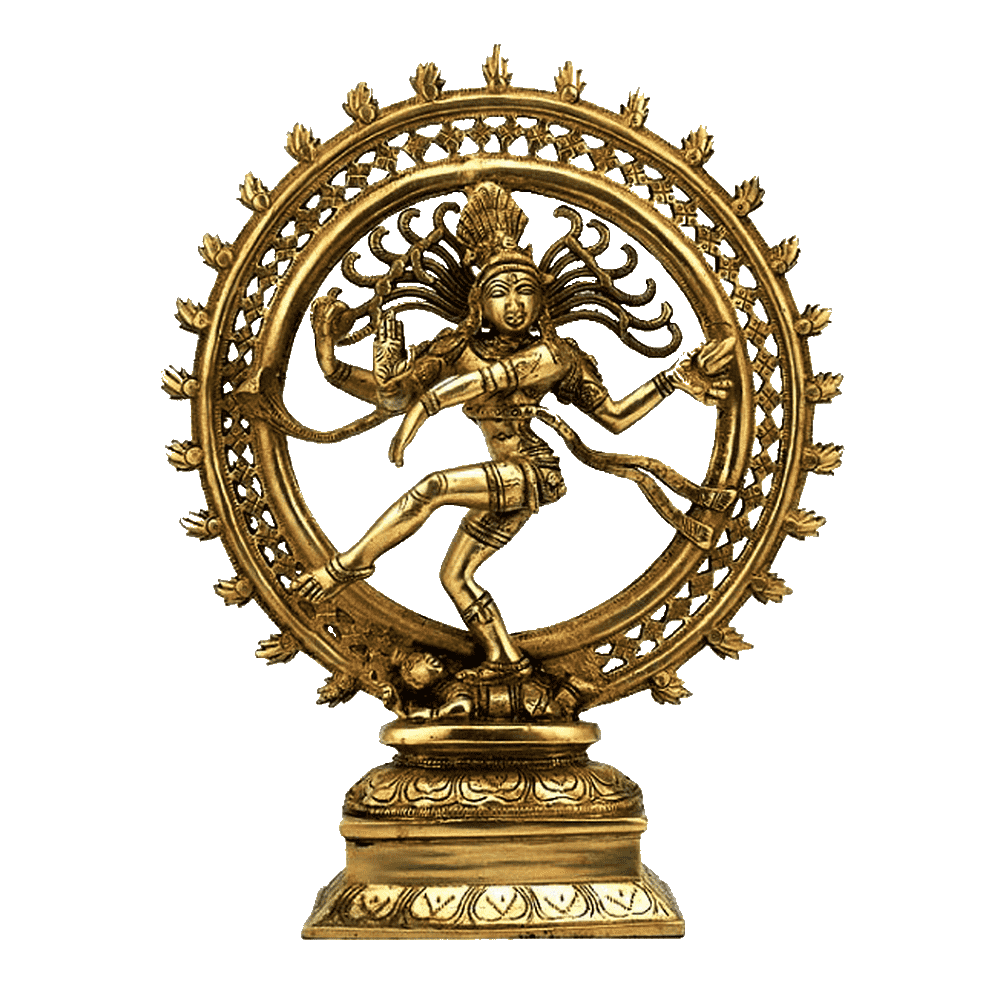
Brahma Yāmala
Unveiling the Creative Potency of Śiva and Śakti
Introduction:
Brahma Yāmala is a sacred text within the Śivaśakti traditions of Hinduism, attributed to Lord Brahma, the creator deity in Hindu mythology. This profound scripture delves into the worship and understanding of Lord Śiva and Goddess Śakti as the ultimate creative forces in the universe. The Brahma Yāmala reveals esoteric knowledge and spiritual practices aimed at deepening the connection with these divine manifestations, paving the way for spiritual evolution and realization.
Origins and Context:
The Brahma Yāmala, like other Yāmala texts, is considered a Tantric scripture, indicating its esoteric nature and sacred origin. Tantras are known for their emphasis on harnessing the divine energies and their transformative potential to elevate human consciousness. This particular Yāmala highlights the relationship between the divine masculine (Śiva) and divine feminine (Śakti) energies as the core of creation and existence.
The text is believed to have been revealed by Lord Brahma himself through divine revelations to transmit this sacred knowledge to humanity for their spiritual growth and liberation. Its teachings serve as a profound source of wisdom, guiding devotees on the path of self-realization and the recognition of the inseparable unity of Śiva and Śakti.
Understanding Śiva and Śakti as Creative Forces:
The Brahma Yāmala expounds on the essential nature of Lord Śiva and Goddess Śakti as the primal creative forces responsible for the manifestation and sustenance of the entire universe. Śiva is the embodiment of pure consciousness, representing the masculine principle, while Śakti is the cosmic feminine energy, representing the dynamic aspect of divinity.
The union of Śiva and Śakti is viewed as the underlying essence of all existence, where the static and dynamic aspects of creation merge into one harmonious whole. It is through this divine union that the process of creation, preservation, and dissolution of the universe perpetuates.
Worship and Spiritual Practices:
The Brahma Yāmala offers detailed guidelines on the worship and spiritual practices dedicated to Lord Śiva and Goddess Śakti. These practices include various forms of ritual worship, meditation, mantra recitation, and visualization techniques. The aim of these practices is to invoke and merge with the divine energies of Śiva and Śakti, thereby transcending the limitations of the physical realm and attaining spiritual transformation.
Devotees are encouraged to cultivate devotion, surrender, and humility in their spiritual journey to establish a profound connection with the divine. Through these practices, practitioners aim to awaken their inner consciousness, recognize the divinity within, and realize the interconnectedness of all existence.
Non-dual Philosophy:
Central to the teachings of Brahma Yāmala is the non-dual philosophy that underlies the unity of Śiva and Śakti. The text emphasizes that these divine forces are not separate entities but manifestations of the same ultimate reality. The realization of this non-dual nature leads devotees towards the understanding that the universe is an interconnected web of divine consciousness, where all apparent dualities dissolve into oneness.
Conclusion:
The Brahma Yāmala stands as a profound and sacred scripture that celebrates the divine union of Lord Śiva and Goddess Śakti as the ultimate creative forces in the universe. Through worship, devotion, and spiritual practices outlined in this text, devotees are guided on a transformative journey towards recognizing the inseparable unity of Śiva and Śakti within themselves and in all of creation.
By understanding and aligning with these divine energies, practitioners can attain spiritual evolution, self-realization, and liberation from the cycle of birth and death. The Brahma Yāmala continues to inspire and guide seekers in the Śivaśakti traditions, reminding them of the timeless wisdom of the divine unity that lies at the heart of all existence.
Editor – Kaalchakra Team
[ Note – Before Concluding anything as a Finale, Please Go through Original Scriptures of Vaidik Literature Written in Sanskrit and Also with Meaning of That time of Language. Because English is a Limited language to Explaining the Deeper Knowledge of Vaidik Kaal. ]
